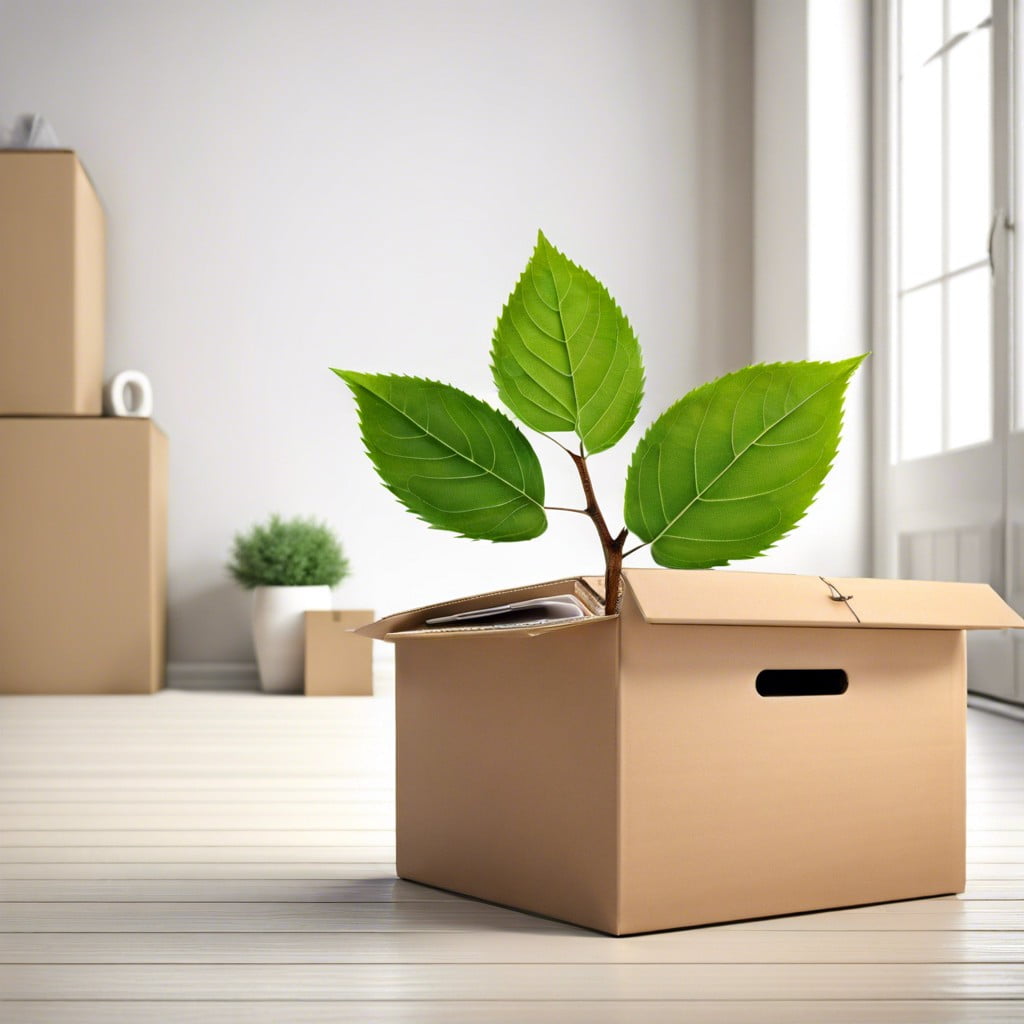Learn practical strategies to declutter your home, creating a cleaner and more enjoyable living space.
Key takeaways:
- Adopt the right mindset and visualize your decluttered space.
- Take it one room at a time and use the “One In, One Out” rule.
- Ask yourself crucial questions to determine if items should stay or go.
- Use containers and label them to sort items efficiently.
- Declutter the kitchen by organizing pantry, Tupperware, gadgets, and dishware.
Preparation and Mindset for Decluttering

Embarking on a decluttering journey begins with adopting the right mindset. Imagine the peace of mind a tidy space can bring. It’s not just about throwing things away; it’s about creating a more serene environment for yourself.
Before diving into the heaps and piles, establish clear goals. What do you want each room to look like? Visualizing the end result can provide motivation and direction.
Embrace the idea that less is more. This doesn’t mean living with next to nothing, but rather keeping things that are useful or bring you joy.
Finally, gear up mentally for the decisions you’ll need to make. Not everything needs to stay, and not everything needs to go. Prepare to be ruthless but reasonable with your possessions. This is not the Hunger Games; it’s just cleaning, after all.
Practical Decluttering Tips and Techniques
Start with one room at a time to avoid being overwhelmed. Tackling the entire house in one go can lead to decluttering fatigue. Within each room, allocate five to ten minutes per day to sort through different sections or drawers.
Adopt the “One In, One Out” rule. When a new item is brought into the home, a similar item should be discarded or donated. This practice helps maintain clutter control and prevents items from piling up.
Ask yourself three crucial questions to determine an item’s fate: When did I last use this? Do I like it? Do I need it? If it’s hard to justify why the item should stay, it’s time for it to go.
Take advantage of vertical space. Use shelves and hanging organizers to keep floors and surfaces clear. This not only maximizes space but also makes cleaning a lot easier.
Remember, consistency is key. Regularly revisit each room every few months. A continuous cycle of reassessment helps keep your home tidy and clutter-free.
Use Containers to Sort Items
Containerizing is your new best friend as you navigate the chaotic seas of clutter. Grab various-sized boxes or bins—think shoebox for small knick-knacks and big moving boxes for larger items. This visual boundary keeps you honest about how much you can comfortably keep.
Label each container with simple categories: Keep, Donate, Sell, and Recycle. This direct sorting saves you from relocating items multiple times and gives each piece a clear fate.
For the inevitable “maybe” items—those emotional landmines—set up a ‘decide later’ bin. Limit yourself to one; it’s like the junk drawer of decluttering, necessary but not for expansion. The key is making decisions quickly and not letting the bin morph into a mini landfill.
As your containers fill, move them out of your main living spaces to separate clean areas from chaotic ones, keeping motivation high and stress low.
Decluttering The Kitchen
The kitchen, the heart of the home, can often become the heart of home clutter as well. Here’s how to streamline this essential space:
Start with the pantry. Check expiration dates and donate unexpired goods you won’t use. Group like items together so you can see what you have and avoid buying duplicates.
Tackle the Tupperware drawer next. Match all containers with their lids. If there’s no match, it’s time to say goodbye. This can also be a therapeutic puzzle game but with a practical end!
Onto the gadgets and utensils. If you haven’t used that avocado slicer or egg separator in over a year, it’s likely you don’t need it cluttering your drawers. Be ruthless!
Reassess your mugs and dishware. If your cabinet feels like a ceramic store, consider which pieces you genuinely use. A set for everyday use and another for special occasions is usually sufficient.
Lastly, organizing spices can be a game changer. Alphabetizing them or placing them in a stepped shelf can make cooking much more pleasant and prevent the dreaded spice avalanche.
With these steps, your kitchen will not only look better but will also function more efficiently, making cooking and gathering more enjoyable.
Where to Dispose of Clutter
Deciding what to do with your decluttered items can be as challenging as the cleaning process itself. Fret not—you’ve got more than a few practical options:
– Donate: Support local charities or thrift stores who can give your unwanted items a new life. It’s a win-win; someone else benefits from your excess.
– Sell: Platforms like eBay, Craigslist, or local Facebook selling groups are fantastic for turning clutter into cash. Let the bargaining begin!
– Recycle: Be environmentally friendly with paper, plastic, and electronics. Check with your city’s waste management services to know exactly what can be recycled.
– Repurpose: Get creative! Transform old t-shirts into cleaning rags or use broken ceramics for mosaic art projects. Who knew junk could be so funky?
Each option not only clears your space but also benefits others or the planet. Feel good while freeing up your home!